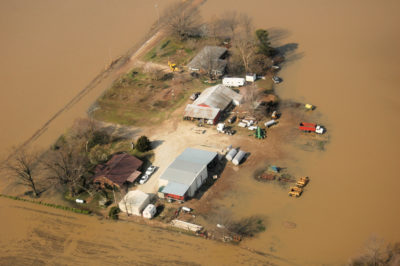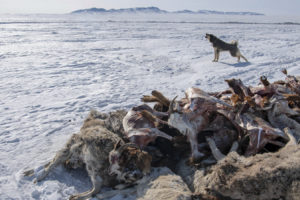Intense rainfall is as damaging to the U.S. agricultural sector as heatwaves and excessive droughts, according to a new study published in the journal Global Change Biology that examined more than three decades of crop insurance, climate, soil, and corn yield data.
The study, led by scientists at the University of Illinois, found that since 1981, corn yields in the U.S. Midwest were reduced by as much as 34 percent during years with excessive rainfall. Years with drought and heatwaves experienced yield loss of up to 37 percent. Intense rain events can physically damage crops, delay planting and harvesting, restrict root growth, and cause oxygen deficiency and nutrient loss. Between 1989 and 2016, excessive rainfall caused $10 billion in agricultural losses.
The findings point to a need for reforms in the U.S. crop insurance industry, the researchers said. Parts of the Midwest have already experienced a 42 percent increase in the heaviest precipitation events since 1958, according to Climate Central. And climate change models predict that much of the region will experience even more frequent and intense precipitation events in the coming decades.
“As rainfall becomes more extreme, crop insurance needs to evolve to better meet planting challenges faced by farmers,” Gary Schnitkey, an expert in agricultural and consumer economics at the University of Illinois and co-author of the study, said in a statement.



